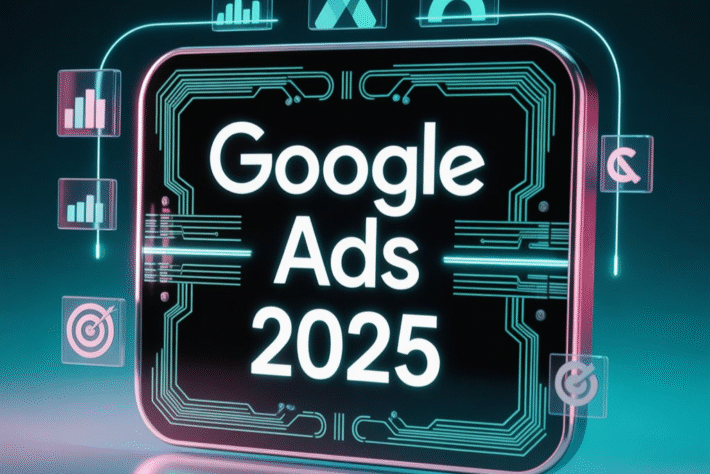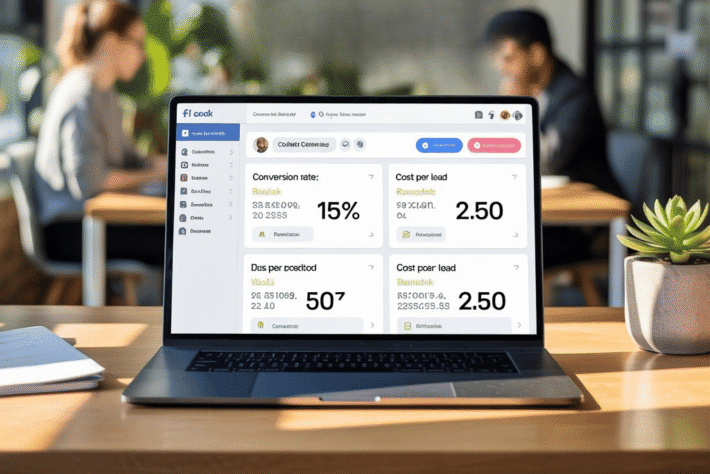Latest Video Marketing Trends for Business Growth in 2025
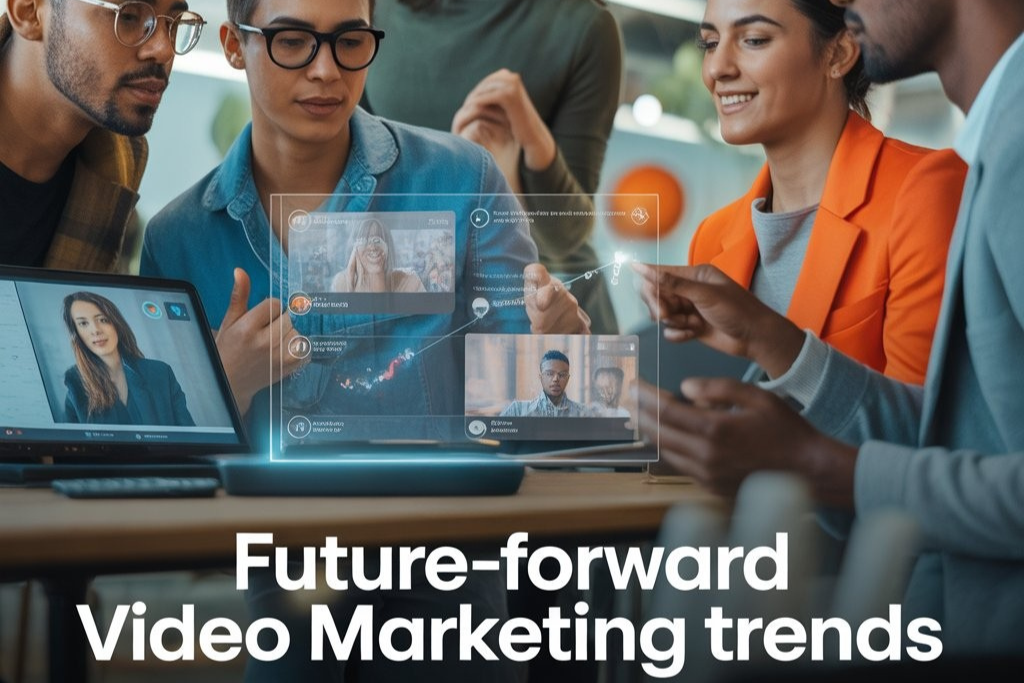
Video marketing trends have become one of the most effective tools for engaging audiences, boosting conversions, and building brand awareness. As consumer preferences shift towards visual content, businesses are leveraging videos to tell compelling stories, showcase products, and enhance customer experiences.In 2025, video marketing will continue to evolve, driven by technological advancements, changing consumer behaviors, and platform innovations.
Key Video Marketing Trends Reshaping the Industry
Video marketing is evolving rapidly, driven by technological advancements and changing consumer behaviors. Businesses that leverage these trends effectively can increase engagement, boost brand awareness, and drive conversions.

1. AI-Driven Video Creation and Personalization
Artificial intelligence (AI) is revolutionizing video marketing by enabling brands to create personalized and high-quality content at scale. AI-powered tools can generate video scripts, edit footage, add voiceovers, and even produce deepfake-style personalized videos tailored to individual customers. Businesses leveraging AI-driven video content can enhance engagement, improve customer retention, and streamline production processes.
2. Short-Form Videos Dominating Social Media
The popularity of short-form videos continues to rise, with platforms like TikTok, Instagram Reels, and YouTube Shorts leading the way. In 2025, brands will increasingly adopt snackable video content to capture audience attention in just a few seconds. Short-form videos are highly shareable, making them a powerful tool for brand awareness and viral marketing. Companies need to focus on creating engaging, informative, and entertaining short clips to stay relevant in the competitive digital space.
3. Interactive and Shoppable Video Experiences
Interactive video content is transforming how brands connect with consumers. Shoppable videos, where users can click on products and purchase directly, are gaining traction across social media and e-commerce platforms. Augmented reality (AR) and virtual reality (VR) integrations will further enhance interactive experiences, allowing users to visualize products in real-time before making a purchase. Businesses adopting interactive video marketing can significantly increase engagement and conversion rates.
The Impact of These Trends on B2B and B2C Marketing
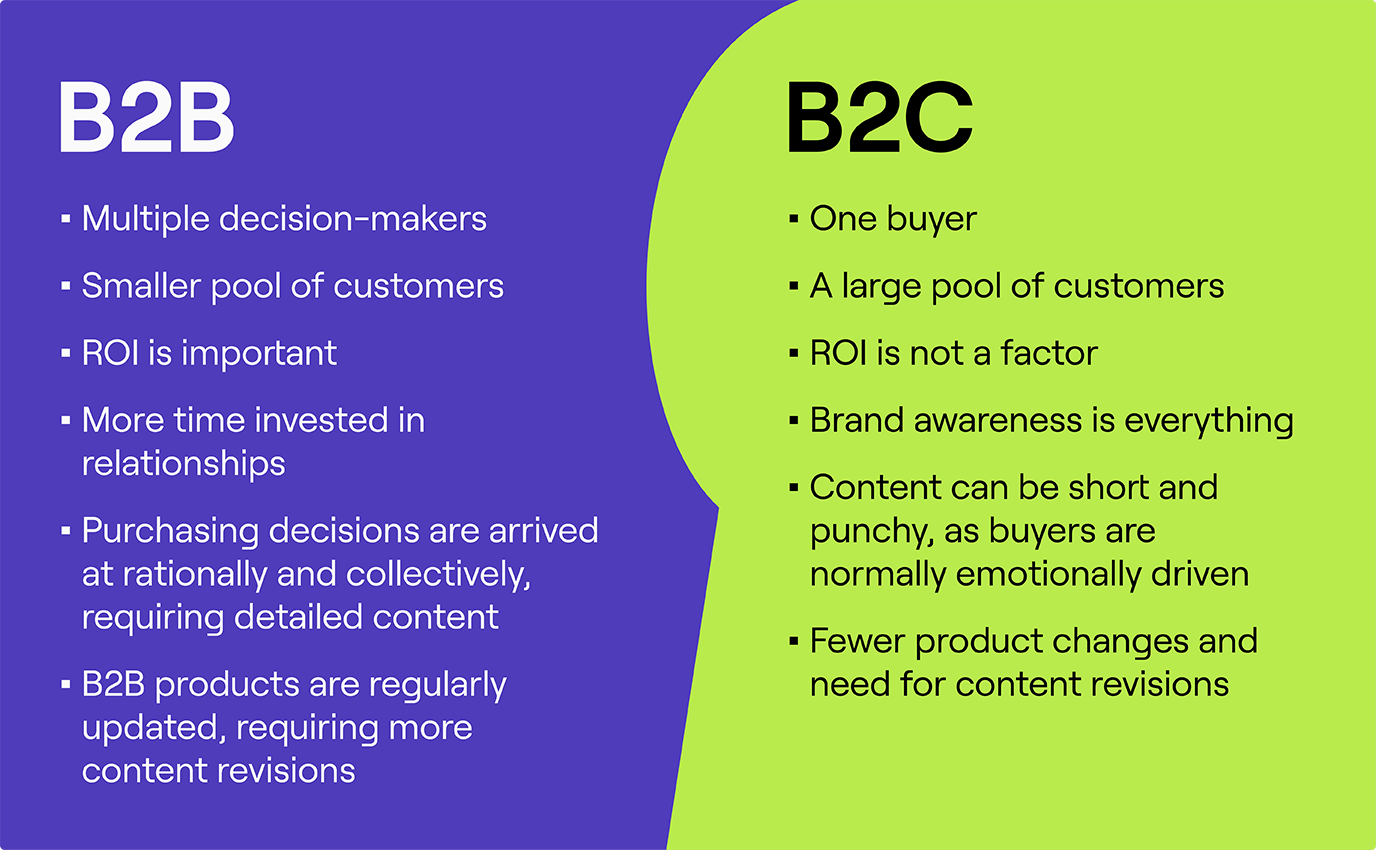
- B2B Marketing: Video marketing Trends is becoming essential for B2B companies, helping them simplify complex concepts, demonstrate products, and build trust. AI-driven explainer videos, live webinars, and interactive case studies will dominate B2B marketing strategies in 2025.
- B2C Marketing: In the B2C space, personalized, short-form, and shoppable videos will drive customer engagement and sales. Brands will need to create content tailored to audience preferences, leveraging AI analytics to refine their strategies.
How Businesses Can Adapt to the Evolving Video Marketing Trends Landscape
- Invest in AI-powered tools to enhance video creation, editing, and personalization.
- Embrace short-form videos by optimizing content for platforms like TikTok, Reels, and YouTube Shorts.
- Leverage interactive and shoppable features to create immersive brand experiences.
- Analyze video performance metrics to refine content strategies and improve engagement.
- Stay updated with emerging video trends to maintain a competitive edge in the market.
Top 7 Video Marketing Trends Every Marketer Should Know in 2025
In 2025, video marketing trends continues to dominate digital marketing strategies. With the rise of short-form videos, live streaming, and AI-driven content, brands are increasingly leveraging video to engage their audiences. Studies suggest that over 82% of all internet traffic will come from video content, making it a non-negotiable part of any digital marketing plan. To stay ahead of the competition, marketers must embrace the latest video marketing trends and integrate them into their strategies.
The Hottest Video Marketing Trends of 2025
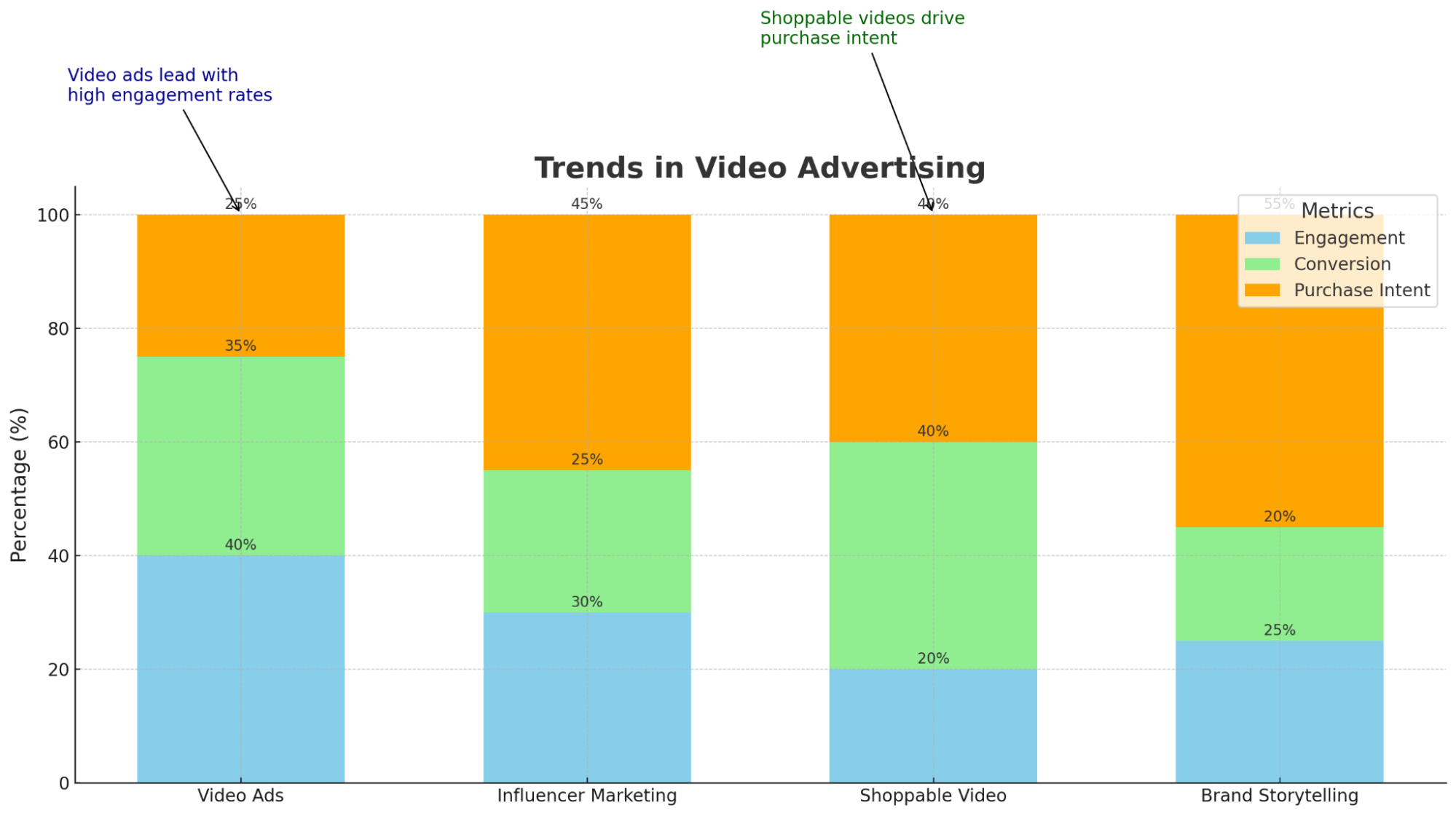
1. Live Streaming for Real-Time Engagement
Live streaming remains one of the most powerful tools for brands to connect with their audience in real time. Platforms like YouTube Live, Instagram Live, and LinkedIn Live allow businesses to host Q&A sessions, product launches, and behind-the-scenes content that fosters real-time interaction. Statistics show that live videos receive 10x more engagement than pre-recorded ones, making them an essential part of any video marketing plan.
How to Leverage It:
- Host live Q&A sessions to interact directly with customers.
- Use live product demonstrations to showcase new releases.
- Collaborate with influencers for real-time discussions.
2. Vertical Videos and Mobile-First Content
With over 75% of video content consumed on mobile devices, brands must prioritize vertical and mobile-friendly videos. Platforms like TikTok, Instagram Reels, and YouTube Shorts have proven that short, engaging vertical videos lead to higher engagement and retention rates.
How to Leverage It:
- Create bite-sized, engaging content optimized for mobile screens.
- Use captions and text overlays to make videos more accessible.
- Experiment with trending sounds and formats on TikTok and Instagram.
3. AI-Powered Video Editing and Automation
Artificial intelligence (AI) is revolutionizing video creation by making editing faster, smarter, and more efficient. AI-powered tools like Runway, Pictory, and Synthesia allow marketers to create high-quality videos without extensive technical expertise.
How to Leverage It:
- Use AI to generate captions, subtitles, and voiceovers.
- Automate video personalization for different audience segments.
- Create AI-generated avatars for explainer videos.
4. User-Generated Video Content for Authenticity
Consumers trust user-generated content (UGC) more than traditional brand messaging. Encouraging customers to share their experiences through video reviews, testimonials, and unboxing videos boosts authenticity and social proof.
How to Leverage It:
- Run contests encouraging customers to share video testimonials.
- Feature user-generated content on social media and websites.
- Partner with brand advocates to create organic promotional content.
5. Personalized Video Ads for Higher Conversions
Personalized video ads leverage data to create tailored messages for specific audience segments. These ads drive higher engagement and conversion rates by speaking directly to consumers’ needs and preferences.
How to Leverage It:
- Use dynamic video marketing trends ad platforms to personalize content.
- Segment audiences based on demographics and behavior.
- Implement retargeting strategies to show relevant videos to potential buyers.
6. 360-Degree Videos Marketing Trends and Immersive Storytelling
Immersive storytelling through 360-degree videos and virtual reality (VR) content is gaining traction. These videos create an engaging and interactive experience, allowing viewers to explore products and environments in a more compelling way.
How to Leverage It:
- Use 360-degree videos for virtual tours of locations and products.
- Integrate VR experiences in marketing campaigns.
- Create interactive storytelling formats that enhance user engagement.
7. Video SEO: Optimizing for Search and Visibility
Optimizing video Marketing trends content for search engines is crucial for increasing discoverability. Video SEO involves using relevant keywords, compelling thumbnails, and engaging descriptions to boost visibility on platforms like YouTube and Google.
How to Leverage It:
- Optimize video titles, descriptions, and tags with high-ranking keywords.
- Add transcripts and captions for better accessibility and indexing.
- Encourage engagement (likes, comments, shares) to boost rankings.
How to Implement These Trends in Your Marketing Strategy
To stay ahead in 2025, brands must adapt to these trends and integrate them into their video marketing strategies:
- Develop a video content calendar to plan and execute different formats.
- Leverage data and analytics to track video performance and optimize strategies.
- Invest in high-quality video production tools or AI-powered software for efficient content creation.
- Experiment with multiple platforms like TikTok, YouTube, LinkedIn, and Instagram to maximize reach.
- Stay updated with new video marketing Trends innovations and continuously refine your approach.
How Video Marketing Trends Are Changing Consumer Behavior in 2025
The digital landscape is evolving rapidly, and video content is at the forefront of this transformation. In 2025, consumer behavior is heavily influenced by emerging Video Marketing Trends, driven by technological advancements, changing audience preferences, and the increasing demand for engaging, digestible content. The way people consume videos has shifted from traditional long-form formats to quick, interactive, and immersive experiences. Brands that adapt to these trends are not only gaining more visibility but also fostering deeper connections with their audience.
The Role of Video Marketing Trends in Shaping Consumer Preferences
Video marketing Trends is no longer just about brand awareness; it is a powerful tool for influencing purchasing decisions, educating consumers, and creating lasting brand loyalty. Several key trends are playing a significant role in shaping consumer behavior, from the demand for short-form content to the integration of video in e-commerce.
The Demand for Short-Form, Snackable Content
With shrinking attention spans, consumers are gravitating towards bite-sized video content that delivers value quickly. Platforms like TikTok, Instagram Reels, and YouTube Shorts have revolutionized the way brands interact with their audience. These formats encourage brands to convey messages within seconds, making them more impactful and shareable. Studies show that 75% of consumers prefer watching short-form videos to learn about a product rather than reading text-based content. Brands leveraging this trend are seeing higher engagement and improved conversion rates.
The Rise of Silent Videos with Captions for Accessibility
Silent viewing has become a dominant trend, as most people watch videos in public spaces, during work, or while multitasking. Research indicates that 85% of Facebook videos are watched without sound. To cater to this behavior, brands are incorporating captions and on-screen text to ensure accessibility and comprehension. This trend not only enhances user experience but also makes content more inclusive for individuals with hearing impairments.
Social Commerce and Shoppable Video Ads
E-commerce and social media are converging at an unprecedented rate. Social commerce, fueled by video marketing Trends, is making it easier for consumers to purchase products directly from video content. Platforms like Instagram, TikTok, and Pinterest are integrating shoppable video ads, allowing users to click and buy seamlessly. Studies show that 60% of consumers are more likely to purchase a product after watching a video demo. This trend is reshaping the digital shopping experience by reducing friction in the buying process and increasing impulse purchases.
Case Studies: Brands Leveraging Video Marketing Trends Effectively
1. Nike’s TikTok Campaign
Nike has successfully embraced short-form video marketing Trensby creating engaging, user-generated content on TikTok. By leveraging influencer partnerships and viral challenges, Nike has significantly increased brand engagement and sales among Gen Z consumers.
2. ASOS’s Shoppable Video Ads
ASOS has integrated interactive and shoppable video ads on Instagram, allowing users to browse and purchase clothing items without leaving the platform. This strategy has led to a 30% increase in conversion rates.
3. Duolingo’s Silent Video Strategy
Duolingo capitalized on the silent Video Marketing Trend by using engaging, text-heavy videos on social media. Their approach has led to increased user engagement, particularly among mobile users watching content without sound.
Best Practices for Brands to Align with Consumer Expectations
- Create Platform-Specific Content – Tailor videos to fit the preferences of each social media platform to maximize engagement.
- Focus on Authentic Storytelling – Consumers connect better with brands that showcase authenticity and transparency.
- Leverage User-Generated Content (UGC) – Encouraging customers to share their own video experiences can enhance trust and credibility.
- Optimize for Mobile Viewing – Ensure videos are mobile-friendly, as most consumers engage with content on their smartphones.
- Incorporate Interactive Elements – Features like polls, clickable links, and live Q&A sessions can boost viewer participation.
B2B Video Marketing Trends: How Businesses Can Leverage Video for Growth
Video has emerged as a powerful tool in B2B marketing, transforming how businesses communicate, engage, and convert their target audiences. With the rise of digital channels and evolving buyer behaviors, B2B brands are leveraging video content to build trust, educate prospects, and drive meaningful interactions. According to a report by HubSpot, 91% of marketers believe video is essential for their strategy, and 87% say it directly boosts ROI. As we move forward, staying ahead of video marketing trends is crucial for businesses aiming for sustained growth.
Game-Changing Video Marketing Trends for B2B Brands
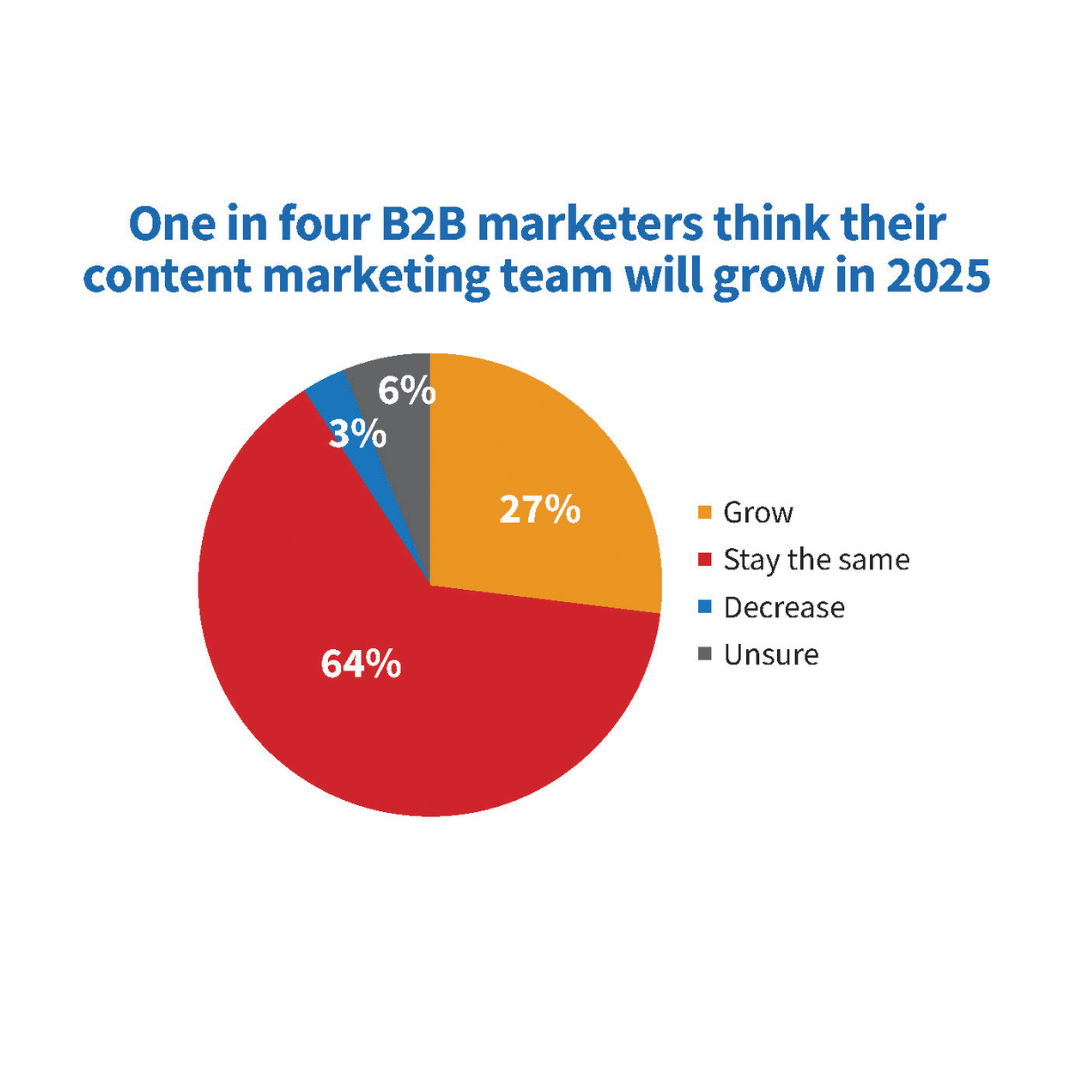
Thought Leadership Videos and Expert Interviews
Establishing authority in an industry is vital for B2B success. Thought leadership videos featuring industry experts, CEOs, and key stakeholders help brands demonstrate expertise and provide valuable insights to their audience. These videos, when shared on platforms like LinkedIn and YouTube, enhance brand credibility and foster deeper engagement with decision-makers. Studies indicate that 70% of B2B buyers watch videos during their purchasing journey, making this format a critical part of marketing strategies.
LinkedIn Video Marketing for Professional Engagement
LinkedIn has evolved into the go-to platform for B2B networking, and video content is a key driver of engagement. With LinkedIn videos receiving 5x more engagement than text posts, businesses can use short-form and live videos to share insights, company updates, and product demonstrations. Utilizing LinkedIn’s native video features enhances reach and visibility within professional communities, helping brands connect with potential clients and industry peers.
Webinars and Virtual Events as Lead Generation Tools
Webinars and virtual events have gained significant traction, especially in the post-pandemic era. These formats provide an interactive platform for brands to showcase expertise, demonstrate solutions, and engage with prospects in real time. 73% of B2B marketers consider webinars to be one of the most effective lead-generation strategies. Integrating Q&A sessions, live polling, and exclusive content can significantly boost audience participation and conversions.
Case Study Videos to Build Credibility
Trust is a major factor in B2B purchasing decisions. Case study videos featuring real customer experiences, problem-solving approaches, and quantifiable results serve as powerful testimonials. These videos highlight the value of a company’s solutions and help potential clients visualize how they can benefit. According to research, customer testimonial videos increase conversions by 34%, making them a crucial asset in the sales funnel.
AI-Driven Video Analytics for Performance Tracking
Artificial intelligence (AI) is revolutionizing video marketing analytics by providing deeper insights into viewer behavior, engagement metrics, and content performance. AI-powered tools help marketers optimize video content by identifying patterns, predicting user preferences, and personalizing recommendations. With video consumption continuously rising, leveraging AI-driven insights ensures businesses maximize their marketing efforts and improve ROI.
Best Practices for B2B Companies to Maximize Video Marketing Trends ROI
- Define Clear Objectives – Set measurable goals for each video campaign, such as lead generation, brand awareness, or customer education.
- Optimize for Mobile & SEO – Ensure videos are mobile-friendly and optimized for search engines with relevant keywords, tags, and descriptions.
- Leverage Multi-Channel Distribution – Share videos across LinkedIn, YouTube, email campaigns, and company websites to maximize reach.
- Use Storytelling Techniques – Engage audiences with compelling narratives, case studies, and behind-the-scenes content.
- Include Strong CTAs – Guide viewers to the next step, whether it’s booking a demo, signing up for a webinar, or contacting sales.
- Monitor & Adjust Strategies – Continuously track engagement metrics and refine video strategies based on data-driven insights.
Conclusion: Why Video Marketing Trends is the Future of B2B Marketing
Video content is no longer optional—it’s a necessity in modern B2B marketing. As a Digital Marketing Marvel, video has the power to educate, engage, and convert prospects like never before. Whether through explainer videos, customer testimonials, or product demonstrations, businesses can effectively communicate their value propositions in a dynamic and interactive way.
The landscape is evolving with AI-driven analytics, live streaming, and immersive experiences shaping the future of video marketing. Companies leveraging these trends are gaining a competitive edge by delivering personalized, real-time content that resonates with their target audience.
By embracing video as a core strategy, B2B brands can foster stronger relationships, drive higher conversions, and secure long-term success in an increasingly digital world. Those who recognize video as the Digital Marketing Marvel of the era will lead the way in building trust, authority, and business growth.


